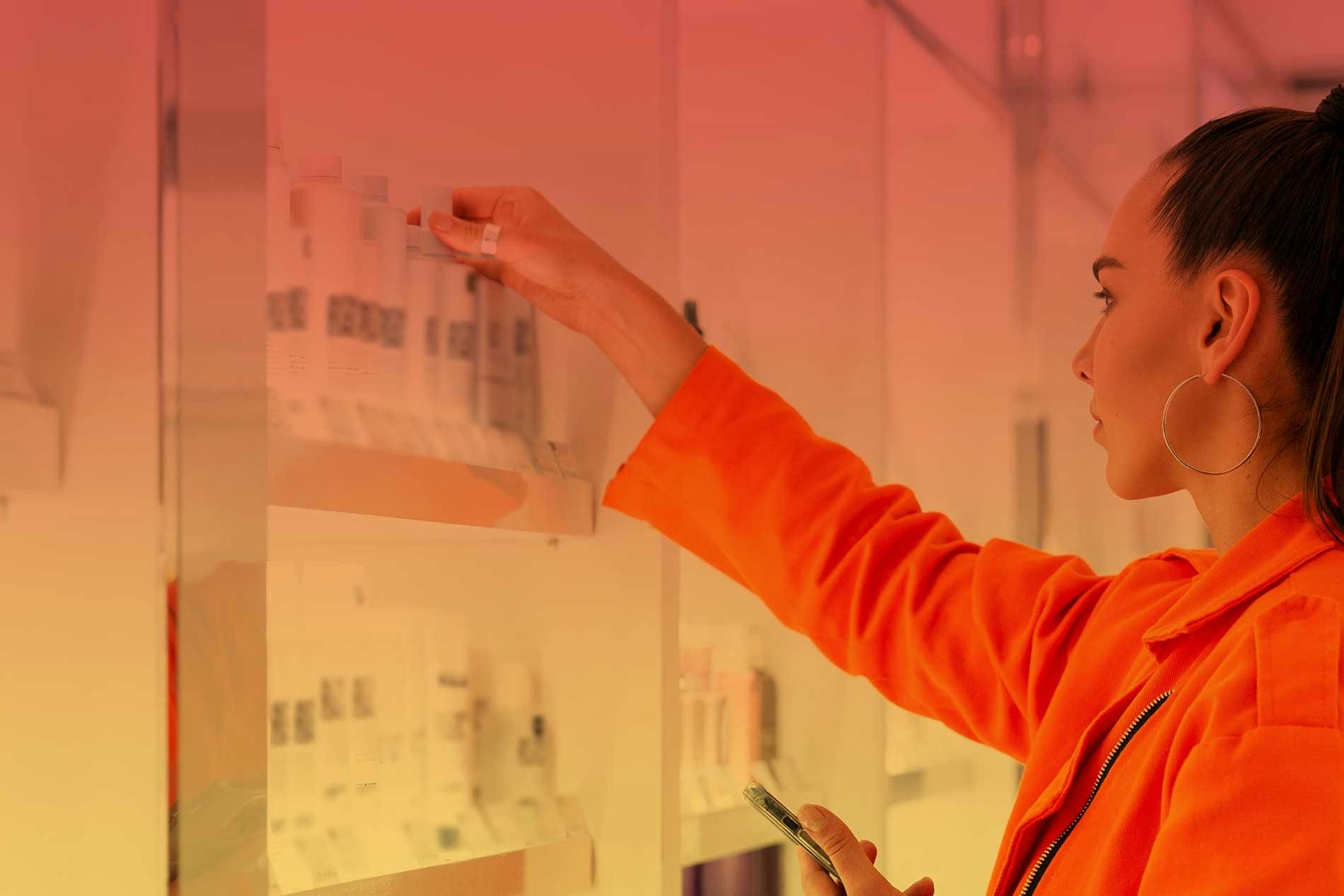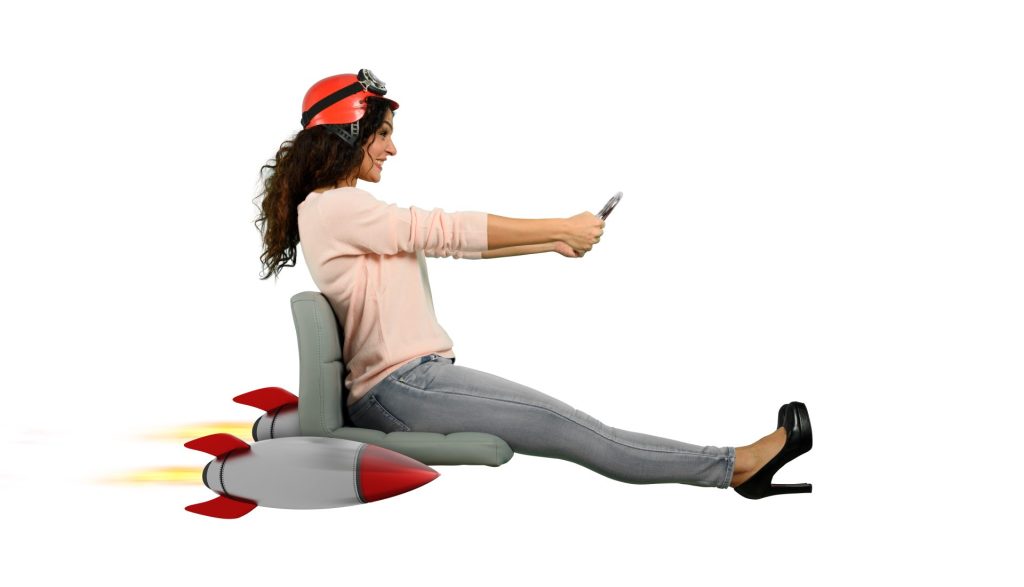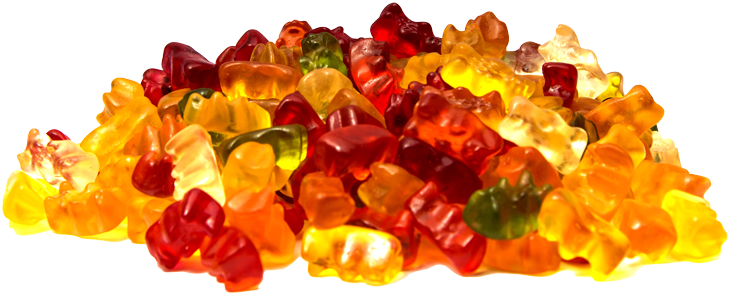Table of Contents
Welcome back to our consumer packaged goods (CPG) marketing series! In our previous posts, we gave an overview of the most important elements you need to know to influence retail buyers and break through the branding clutter. The first post was a step-by-step journey on how to leverage the power of strategic marketing to get your products onto retail shelves. The second explored how to use branding to create an emotional connection with your target audience and convey the value proposition of your product
In the third post in the series, we’re getting into the nitty gritty of package design and how digging deeper into the preferences of your audience can help ensure you have a product that merchandisers will want to invest in.
Let’s get started!
Why is packaging so important?
Packaging is more than just a protective covering for your product. It’s a powerful tool to attract consumers and, equally importantly, merchandise buyers who want to feature your product in their stores.
Quality packaging is a crucial factor to consider for your business because “52% of consumers say they would likely return to a business for another purchase if they receive products in premium packaging.”
In the competitive world of CPG marketing, innovative and eye-catching packaging can be a game-changer. By using strategy to optimize your packaging, you not only get your product safely from point A to B, but you also provide an opportunity to connect with consumers and introduce your product.
To make your packaging stand out and connect with your audience, use the following tips!
Dig deeper into what your audience wants
Before you begin designing your packaging, it’s essential to understand the specific needs and preferences of your target audience.
To do this effectively, consider the following approaches.
- Conduct surveys and focus groups: Engage directly with your potential customers to gather insights into their preferences, pain points, and expectations regarding packaging. Ask them questions about what catches their eye on the shelves, how packaging influences their purchasing decisions, and what features they value most in a product’s packaging.
- Perform social listening: Monitor social media platforms, online forums, and product reviews to gain valuable feedback from consumers. This will help you understand what consumers are saying about your product’s packaging and identify any potential improvements or issues.
- Solicit reviews and feedback from users: Encourage users to share their experiences with your product’s packaging. Positive reviews and testimonials can boost brand recognition and appeal, while constructive criticism can help you identify areas for improvement.
- Scope out the competition: Take a look at your brand’s competition and other popular or inspiring brands. Use those ideas to inspire your own tactics to help your brand stand apart from the competition on store shelves. If there’s something missing from the current market, strategize how your brand packaging can help meet that need.
Gaining these insights is crucial to understanding your market and the specific needs of your audience.
Stay true to your brand story and character
Once you have a better understanding of your audience’s preferences, it’s time to apply your brand story, character, and messaging to your package design. Merchandise buyers are more likely to invest in products that align with their customers’ tastes and values. Here are some tips to incorporate your brand’s authentic character into the packaging.
- Create an eye-catching design: Visual elements, such as colors, graphics, and logos, are vital in brand recognition. Ensure your packaging design stands out on the shelf and is consistent with your brand’s visual identity.
- Emphasize authenticity: Modern consumers value transparency and authenticity in brands. Showcase your product’s unique features and benefits through your packaging while remaining genuine and honest.
When your packaging is an extension of who you are and what your organization represents, merchandise buyers will see the thought you put into your packaging and will be more likely to want to sell your product.
Ensure a positive user experience
A positive user experience (UX) doesn’t end with a catchy design. It encompasses every step of the user’s journey with your product. To create a functional package, consider the following factors to ensure a seamless experience:
- Ease of opening and resealing: Frustration-free packaging is a significant driver of a positive user experience. Ensure that your packaging is easy to open and reseal, as this will leave a lasting impression on consumers.
- Product protection and storage considerations: Packaging should protect the product from damage during transit and storage. Use appropriate materials and design elements to ensure the product reaches consumers in perfect condition.
- User instructions and labeling: Clear and concise instructions are essential, especially for complex products. Ensure your packaging includes easy-to-follow instructions and informative labeling to enhance user satisfaction.
- Accessibility for a range of diverse abilities: Design packaging that is inclusive and accessible to consumers with various abilities. Consider features such as easy-to-read fonts, tactile elements, and user-friendly closures.
- Life beyond your product: Did you know that 90% of consumers reuse their product packaging boxes and bags after purchase? Placing extra consideration into the value your product package can provide after its intended use is a great way to build positive sentiments with your audience and will demonstrate even more value to potential merchandise buyers. Plus, if your packaging can be repurposed, it’s a cost-effective way to market your brand beyond the initial sale.
Enhance product design

Now that you understand the factors that contribute to a positive user experience, let’s focus on the design phase. In the era of influencer marketing and “unboxing” TikToks and Reels, ensuring your packaging is visually appealing is now just as important as your marketing efforts.
Studies have shown that “a consistent brand presentation increases revenue by 33%.” Here are three specific areas to consider when designing packaging that’s consistent with your brand.
- Materials matter: The choice of materials can influence the perceived value of your product and brand. Consider the senses of touch and sight when choosing materials. Does your brand require upscale packaging, or does it have a more down-to-earth feel? Eco-friendly and sustainable packaging materials are becoming increasingly important for consumers. Emphasize your commitment to sustainability through your packaging choices.
- Color psychology: Colors evoke emotions and play a crucial role in consumer behavior. Choose colors that align with your brand identity and resonate with your target audience. For example, warm tones can create a sense of comfort and excitement, while cooler tones can evoke tranquility and reliability.
- Font selection: Typography is more than just selecting a fancy font. Consider legibility, readability, and how well the font compliments your brand personality. Avoid overly complicated fonts that may confuse or discourage potential buyers.
Measure results to inform future packaging and design
To gauge the success of your packaging efforts, it’s crucial to gather analytics and data directly from the merchandisers buying your products and the consumers they sell to. As you adjust and finetune your packaging, consider the following metrics.
- Use sales data and conversion rates: Track how your packaging design impacts sales and conversion rates. Analyze whether changes in packaging design lead to increased purchases and improved overall performance.
- Gather user feedback and reviews: Continuously seek feedback from users and analyze product reviews to gain insights into the overall user experience. Address any recurring issues or suggestions for improvement.
- Analyze brand recognition, brand lift, and brand recall: Brand recognition refers to consumers’ ability to identify your brand when presented with its attributes or visuals. On the other hand, brand recall measures how well consumers can retrieve your brand from memory. Brand recall generally indicates a stronger connection to a brand than brand recognition, as it reflects a deeper level of engagement.
Packaging prowess – your pathway to captivating consumers and winning buyers!
In the competitive world of CPG marketing, packaging plays a crucial role in consumer and buyer appeal. By understanding your audience’s needs and preferences, applying your brand story creatively, and ensuring a positive user experience, you can optimize your packaging for maximum impact.
Remember to use colors, fonts, and materials strategically to enhance brand recognition and continuously measure results to inform future packaging and design decisions.
By following these tips, you’ll be on your way to attracting large-scale merchandise buyers and delighting consumers with appealing and user-friendly packaging. So, go ahead, get creative, and make your packaging a standout success!
Stay tuned for Volume 4, where we’ll dive deep into strategies to help you find the right merchandisers to move your inventory!
About fishbat
fishbat is a CPG marketing agency specializing in improving visibility, impact, and bottom line for our partners. We have worked with a wide variety of CPG brands across different product categories, from food and beverage to home goods and beyond, each with its own unique set of goals and challenges.
If you’re looking for expert assistance in developing your brand strategy and executing effective CPG marketing campaigns, don’t hesitate to contact us. Our digital marketing agency has a team of professionals ready to help you navigate the branding landscape and achieve your business goals. Together, we can create a brand that truly stands out in the market and tells your unique story.







